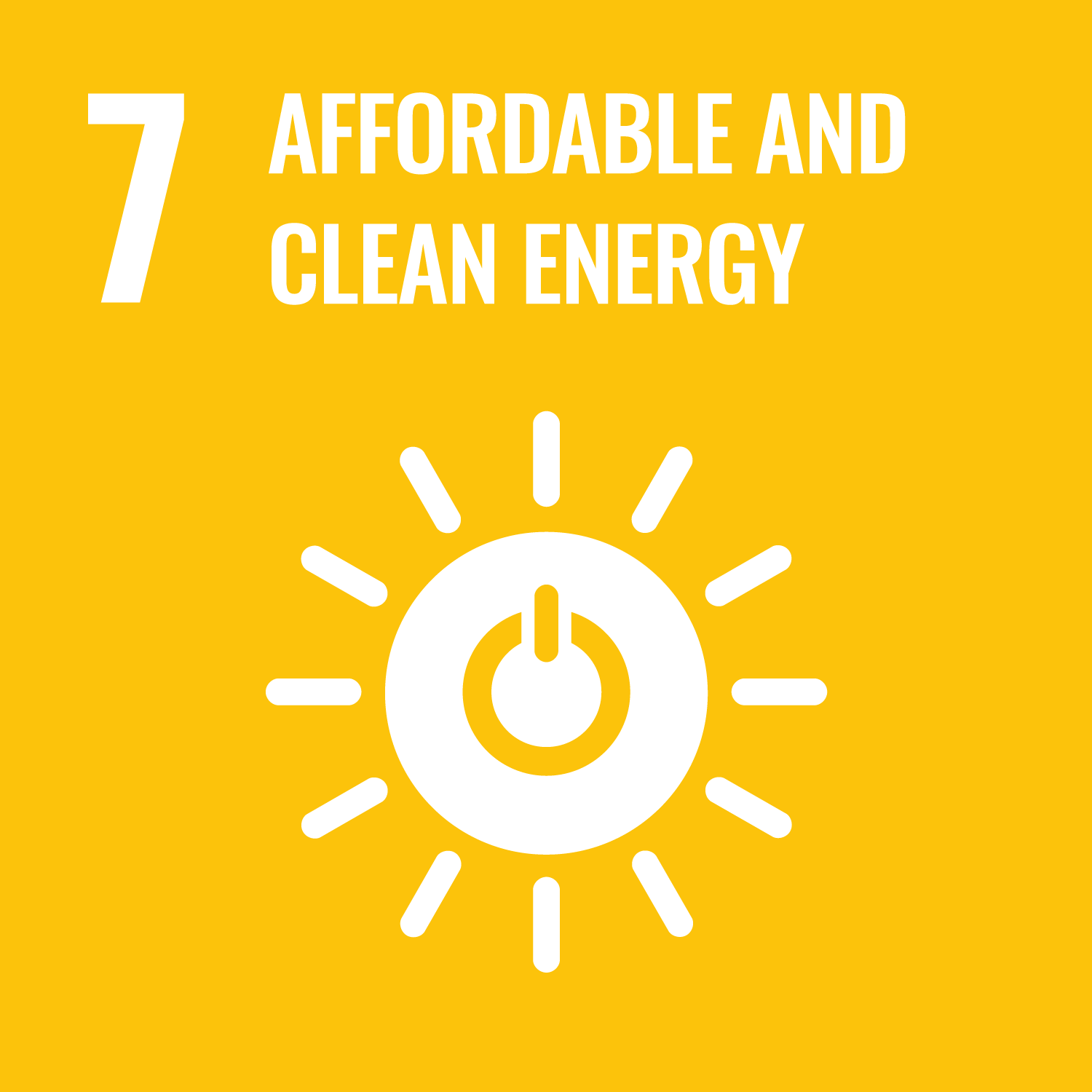ORCID
- Matthew J. Craven: 0000-0001-9522-6173
- Adam Roberts: 0009-0008-7576-3236
Abstract
This paper presents a methodology for optimising routing for towing of fully assembled Floating Offshore Wind Turbines using a purpose-built ship simulator to generate datasets describing dynamics for a towing arrangement together with the engine data of the ship, and using such dataset and historical metocean data to perform multi-objective route optimisation for the tow using NSGA-II evolutionary algorithm. The work introduces the new ship simulator and the modelling of the platform VolturnUS-S, including the discussion of a comparative experiment between the model in the ship simulator and a 1:70 scale model in a wave tank. This is then followed by a presentation of the towing experiments, the characteristics of the data obtained from them, and the methodology for the optimisation of the towing routes with the following minimisation objectives: the duration of the tow, the maximum tension in the towing line, and the carbon emissions. Results are presented and discussed together with the limitations. The methodology has the potential to offer rapid and accurate results, providing a framework for safe, fast, and economical experimental process that could enhance visibility for operations before high maturity level is achieved or they can be physically performed, and contribute to improve marine operations.
DOI Link
Publication Date
2024-08-01
Publication Title
Ocean Engineering
Volume
305
ISSN
0029-8018
Acceptance Date
2024-04-24
Deposit Date
2024-06-18
Additional Links
Keywords
Carbon emissions, Floating offshore wind turbine, Genetic algorithm, Multi-objective routing optimisation, Ship simulator, Towing, Weather routing
Recommended Citation
Le Pivert, F., López-Santander, A., Craven, M., & Roberts, A. (2024) 'Routing optimisation for towing a floating offshore wind turbine under weather constraints', Ocean Engineering, 305. Available at: 10.1016/j.oceaneng.2024.118025


